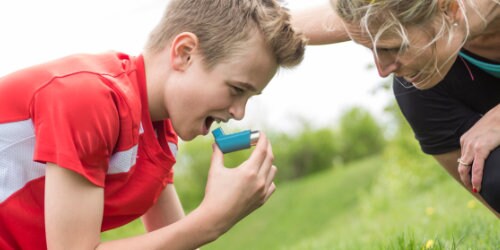Yoga, Ginger and Controlled Breathing: Alternatives in Managing Asthma
Sufferers of asthma and other breathing issues often are consigned to taking steroids, carrying an inhaler or spending time with a nebulizer to control their symptoms. Some, however, are also treating their breathing issues with more natural remedies. And while none have been proven to eliminate symptoms altogether, a few have proven to offer some additional relief, especially for those with mild symptoms.
Yoga can help open airways to better enable breathing in asthma patients, according to Prevention. “Yoga can’t cure asthma, but certain poses can certainly help open up your airways, helping you breathe better,” noted the article, which lists a number of poses beneficial to breathing.
Yoga’s positive effect on breathing has been studied by the medical community as well. One study published in Thorax compared a group of asthmatics, half of which participated in a two-hour yoga session once a week for 4 months. Results showed that yoga did help improve the patients’ confidence and overall mood, helping them feel better about being able to control their asthma.



